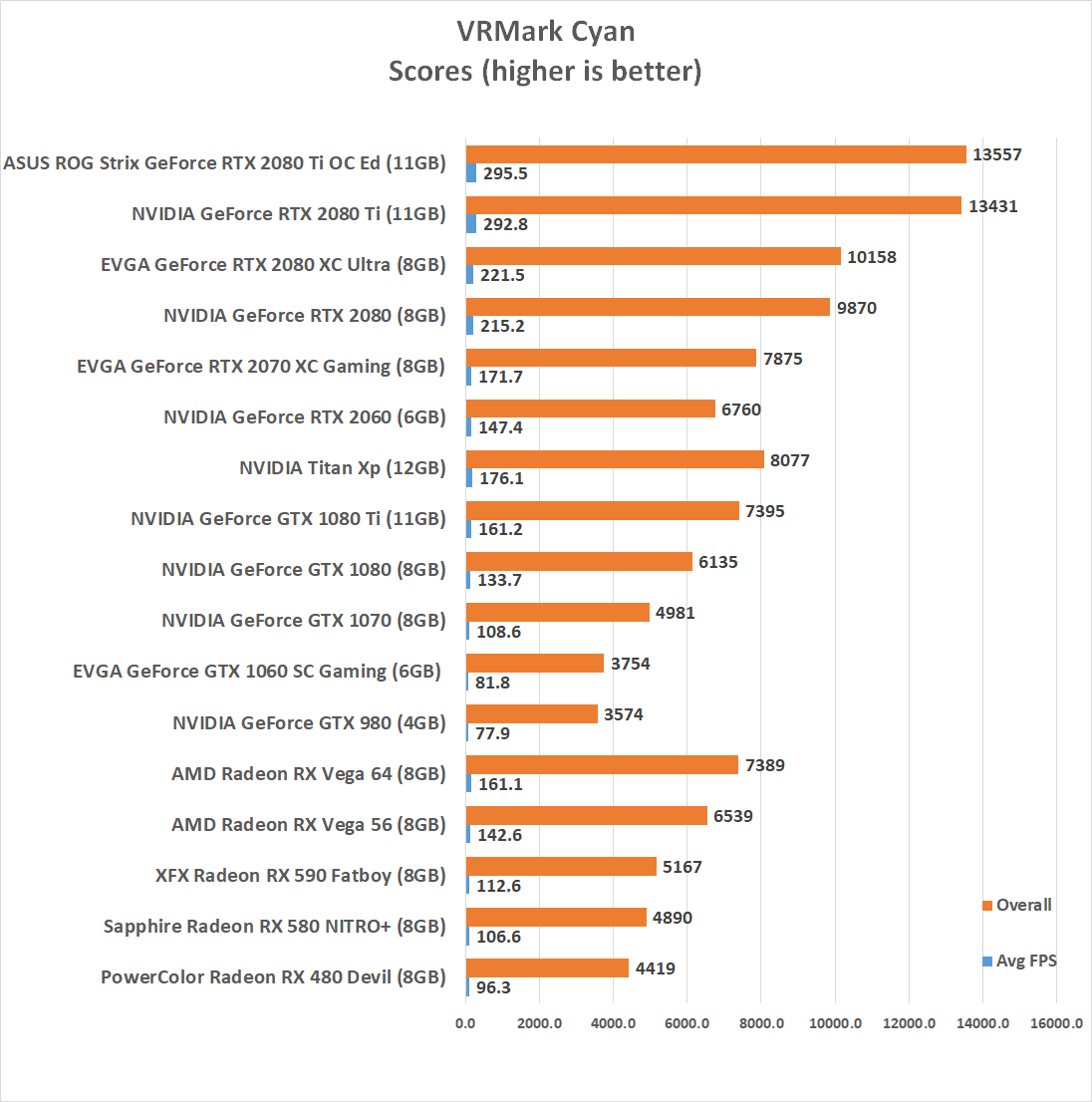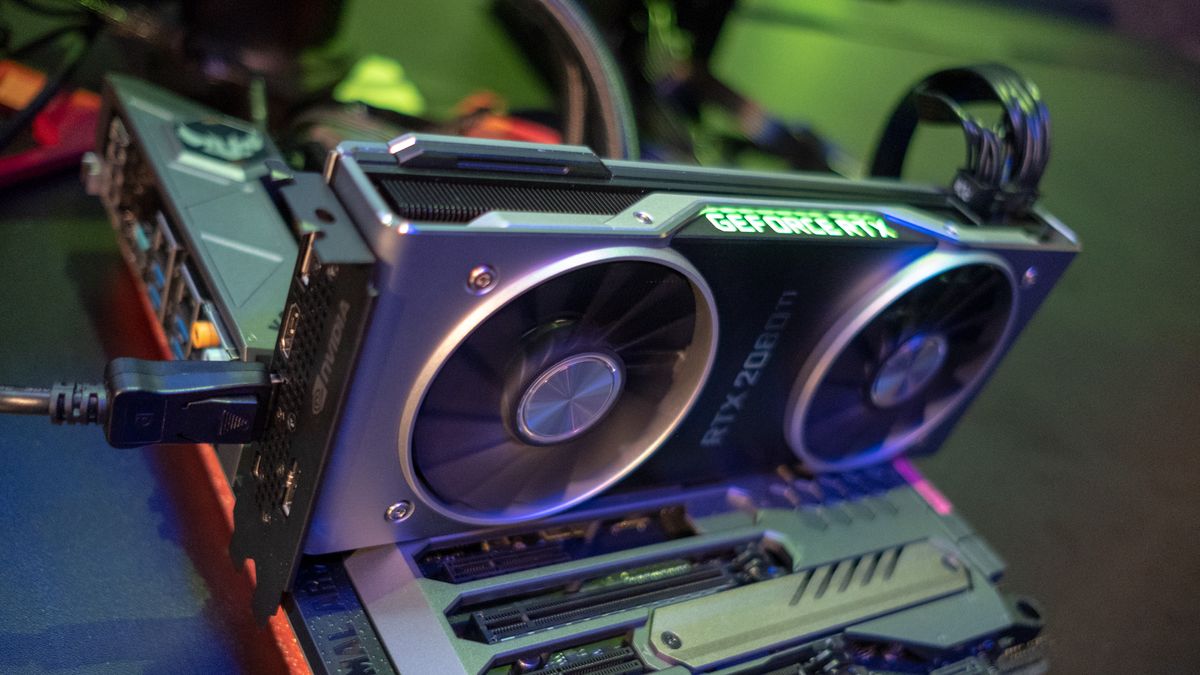
Built on the 12 nm process, and based on the TU106 graphics processor, in its TU106-200A-KA-A1 variant, the card supports DirectX 12 Ultimate. We'll let you know if we hear anything, so keep an eye on HotHardware.The GeForce RTX 2060 is a performance-segment graphics card by NVIDIA, launched on January 7th, 2019.

That would seem to indicate that this product is actually headed to market, but there's been no official word from anyone. The last we've heard about the official 12GB RTX 2060 was a filing with the Eurasian Economic Commission by Gigabyte about two weeks ago. Adding on 12GB of memory probably just helps to make it look like they're not actively ripping people off. Why? Well, probably because Mean Green can sell every single one of them at almost whatever price it wants to ask. Indeed, scuttlebutt has been saying for awhile that Nvidia will re-release the RTX 2060, this time with 12GB of memory. Still, he doesn't expect much, and we don't either-just as we said when we first heard about this hare-brained scheme from NVIDIA.

So saying, he comments that he'll be sending the card over to Russian PC hardware YouTubers PRO Hi-Tech for testing against the 6GB model. VIK-on admits that he is more of a repairman than a hardware tester. In that test, the 12GB card landed a score of 2524, which is a decent-but-not-impressive score for an RTX 2060. Image: VIK-on / YouTube (click to enlarge)īooting the system up with the modified card, he ran a few tests, including Unigine Superposition's 8K Optimized benchmark. If you speak Russian, you can check out the video for yourself: That is, in fact, exactly what Russian YouTuber (and experienced hardware modder) VIK-on has done once again, this time with a GeForce RTX 2060. If you have the tools, the time, the patience, and a very steady hand, it's possible to remove the memory packages from a graphics card and then solder down higher-density models. That doesn't mean it's completely impossible to upgrade the memory on a modern GPU, though.

Modern memory hardware simply requires a level of signal integrity beyond what typical socketed packages can provide, and while it's possible to create sockets that can supply the required signal insulation, doing so would add a lot of price and complexity to the whole GPU production process. This writer himself recalls carefully installing SDRAM packages in DIP sockets to upgrade his ATI Rage from 2MB to 4MB so he could run Windows 95 in 1280×1024 resolution on his fancy new (terrible) LCD monitor.Īs a rule, video cards these days don't have upgradeable memory. If you're a hardware enthusiast of a certain age, you may recall a time when upgradeable memory on graphics cards was commonplace.


 0 kommentar(er)
0 kommentar(er)
